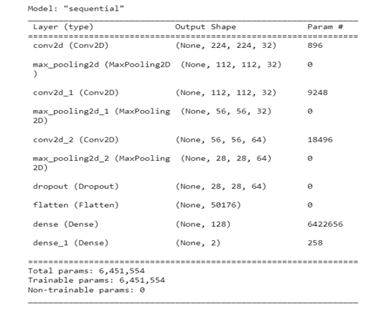Project Introduction
In this study, automatic gait gender classification using neural networks includes three phases: i) human gait signature generation, ii) convolves the gait energy images with Gabor filters for feature extraction iii) classifying using neural networks. Analysed the performance of Gabor and Log Gabor features using classification accuracy. Experimental results indicate that individuals can be identified according to gender by their walking patterns.
Casia dataset
Dataset
Casia Dataset (former NLPR Gait Database) was created on Dec. 10, 2001, including 20 persons.
Each person has 12 image sequences, 4 sequences for each of the three directions, i.e. parallel,
45 degrees and 90 degrees to the image plane.
The length of each sequence is not identical for the variation
of the walker's speed, but it must ranges from 37 to 127.
The size of Dataset A is about 2.2GB and the database includes 19139 images.
The format of the image filename in Dataset A is 'xxx-mm_n-ttt.png', where
Casia database is available at: Casia dataset
Method
Gait is a biometric trait; analysing gets a lot of information about age,
gender, ethnicity, and health conditions. The classification systems use filter features
extracted from gait energy images and classified gender using a neural network.
The system configurations used to conduct experiments are
NVIDIA GeForce RTX 2060,
Processor Intel (R) Core (TM) i7-10750H CPU @ 2.60GHz, 2592 MHz, 6Core(s) and 12 logical processors.
The system architecture of the study is in Figure 1.
In Gender classification, subjects are with the male and female genders.
Two gait signatures from each subject are for training and one gait signature is for testing.
The Convolutional Neural Networks (CNNs) consist of an Input Layer, Convolutional Layer,
Pooling Layer, Fully Connected Layers and Output Layer. The model summary is in Figure 2.
The model consists of three convolutional layers and the maximum clustering layers.
A drop-out layer is added to avoid overfitting.
The Adam optimiser with a lower learning rate of 0.000001 and the categorical cross-entropy loss function is to improve the
performance measure. The amount of data is increased by data augmentation. The parameters for data augmentation
a rotation_range 30, zoom_range 0.2, width and height shift range 0.1 and horizontal flip. A model trained at 500 epochs.

Figure 1 Overview of gait gender classification

Figure 2 Convolutional Neural Network Model
Experimental results
The gait energy Image convolved with the Gabor and Log Gabor filters 5 scales and 9 orientations
filters to extract
features and classified using a neural network.
5x5 Gabor and Log-Gabor filters are convolved with the images to extract the features for consistency.
The Log Gabor training and validation accuracy are comparatively high compared to Gabor filters.
The Log Gabor produces zero DC components, whereas Gabor retains the DC components.
The null DC components of Log Gabor
outperform Gabor filters, as shown in Table 1.
The training and validation accuracy of Log Gabor for the Normal vs. Normal
dataset is illustrated in Figure 3.
This study analysed automatic gender classification using computer vision and deep learning. The gait signature was extracted as a gait energy image, convolved with the Gabor and Log Gabor filters for features extraction and classified using the neural networks. The best-recorded accuracy result of the neural network with the Log Gabor is 92.11% for the Normal vs. Normal dataset. Our results demonstrate traditional feature extraction alone is insufficient for gender recognition therefore in the future, soft biometrics will be considered with traditional biometrics to increase recognition accuracy.

Table 1 Gabor vs. Log Gabor filter performance measure

Figure 3 The training and validation accuracy using Log Gabor filters for Normal vs. Normal dataset
